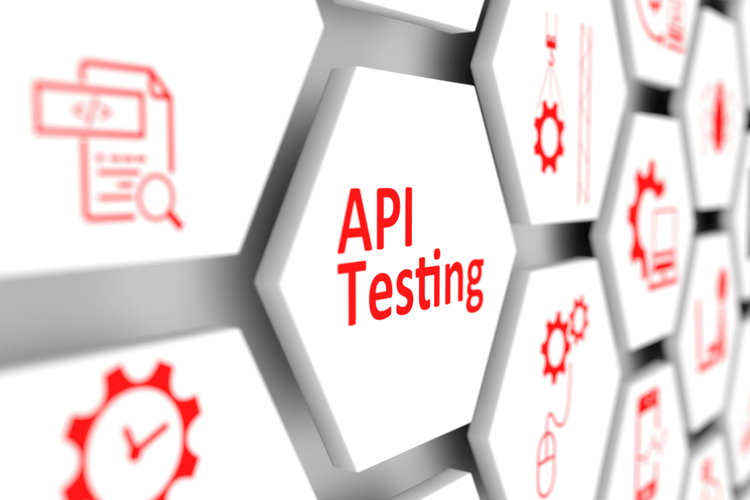MongoDB is a NoSQL database with a flexible data model, high performance, and effective horizontal scaling. PostgreSQL also offers partitioning, which splits large tables into smaller, more manageable parts. An index is a data structure that maps values of one or more columns to a physical location of the corresponding data on the disk. If you prioritize faster data integration and scalability across several servers, MongoDB might be a suitable choice for your business.

Everything you would ever want from a relational database is present in PostgreSQL. MySQL is definitely not the best choice for RDBMS or ORDBMS applications. Since Oracle’s acquisition of MySQL, adoption of MySQL has significantly declined, and development progress in the open-source space has taken a hit as well, inviting criticism from MySQL users. MySQL also supports SSL-based connections over the network and provides security based on SE-Linux modules. Integration with external authentication systems, such as LDAP and PAM, is part of the MySQL enterprise edition. Database security plays a vital role in securing data from unauthorized access.
Query Language
As mentioned above, the data are stored in MongoDB as GeoJSON and the $geometry field contains the coordinates values, latitude and longitude. Because these data are geographical, we create a 2dsphere index type which supports geospatial queries. Respectively, in PostgreSQL we created an index of type GiST on field the_geom which contains the POINT geometry created from latitude and longitude of each record. For high-speed spatial querying, PostgreSQL uses GiST indexes that can be used to index geometric data types. In Q4, Q6 and Q9 a BTree index is created on field timestamp for both systems, a 2dsphere index on field $geometry in MongoDB and a GiST on field the_geom in PostgreSQL. MongoDB is a powerful and flexible NoSQL database management system known for its ability to handle unstructured and semi-structured data efficiently.

MongoDB is another of the highly competitive cross-platform database management systems contemporary to MySQL. It uses JSON documents like Schema which is an open-standard file format. In this YouTube video, I compare these two databases and discuss which one is more suitable for a project in 2023. MongoDB can be a good choice if you want mongodb postgresql your database to be highly scalable and have a high computation & processing power. It can also be used if users lack programming skills as it is very easy to learn and does not follow the traditional SQL syntax. PostgreSQL can be a better choice if you have fewer resources but are well-versed in the traditional SQL syntax and procedures.
MongoDB vs PostgreSQL: Choosing the Right Database for Your Project
MongoDB allows any field of a document, including those deeply nested in arrays and subdocuments, to be indexed and efficiently queried. Now in the document database world of MongoDB, the structure of the data doesn’t have to be planned up front in the database and it is much easier to change. Developers can decide what’s needed in the application and change it in the database accordingly. A stack is a packaged collection of various applications, operating systems, and database technologies that help you easily build web applications. MySQL database can be remotely accessed using Oracle’s SQL Developer, MySQL Workbench, DBeaver, OmniDB, and so on.
- It aligns well with modern application development practices, making it an attractive choice for agile development teams.
- PostgreSQL and MySQL are two of the most popular open-source relational databases today.
- It also allows you to create a cloud database in minutes using the Atlas CLI, UI, or an infrastructure-as-a-service (IaaS) resource provider.
- In the realm of modern data management systems, MongoDB and PostgreSQL have emerged as titans, each offering unique strengths and capabilities to meet the diverse needs of businesses and developers worldwide.
- For applications heavily reliant on complex transactions, PostgreSQL may be a more suitable choice.
- It supports MongoDB and PostgreSQL, along with 150+ data sources (including 40+ free data sources), and is a 3-step process by just selecting the data source, providing valid credentials, and choosing the destination.
- The JSON data columns can be queried using SQL queries, and JSON attributes can be indexed as well.
Indexes are objects or structures that allow us to retrieve specific rows or data faster. Replica sets can be implemented across various data centers too, as they would come in handy in case of regional outages. This can be done by MongoDB Atlas, which makes building and configuring these clusters simpler and quicker.
Storage
Plus, you need to comply with data governance frameworks when moving data from one location to another, or you could face hefty penalties. Other data integration methods like ELT and ReverseETL can be just as challenging if you lack a large data engineering team. Furthermore, MongoDB Atlas is not only the only globally distributed, multi-cloud database but also a complete data platform, which makes spinning up a database cluster and back end-as-a-service easy and fast. In MongoDB such techniques are usually not required because scalability is built-in through native sharding, enabling a horizontal scale-out approach.
I don’t think any
new project being started in 2013 would go with an EAV approach on
purpose. Learn about the 9 key differences between MongoDB and PostgreSQL so you can choose the right database for your project. When reviewing a product, users are asked to assess the product’s overall quality, which includes assigning specific ratings for ease of use, value for money, customer support, and functionality.
MongoDB vs Postgres – A Comprehensive Comparison
The type of data you are using help you choose the database that will most suit your data and client needs. How would you feel if you were to visit a website, add items to a shopping cart, and navigate away from the site only to come back to an empty cart? We hope this discussion sheds some new light on which will better meet your needs. Because PostgreSQL relies on a scale-up strategy to scale writes or data volumes, it must make the most of the computing resources available. PostgreSQL does this through a variety of strategies for indexing and concurrency.
As an object-relational database management system or ORDBMS, it supports tons of functionalities which MySQL and MongoDB fail to do. Relational data goes in the relational database and document data goes
in the document-oriented database. PostgreSQL follows an SQL-based architecture but supports some NoSQL features as well. It also structures the data in such a way that the database or an ETL(Extract, Transform, and Load) tool efficiently process the data.
What is MongoDB?
After the recovery of failed node, it joins the replica set again and works this time as a secondary node. 4 in which client application always interact with the primary node and the primary node then replicates the data to the secondary ones. In case of write requests the queries are forwarder only to the primary node.
7 Best Cloud Database Platforms – KDnuggets
7 Best Cloud Database Platforms.
Posted: Wed, 18 Oct 2023 23:26:08 GMT [source]
In a relational database, the data in question would be modeled across separate parent-child tables in a tabular schema. This means that updating all the records at once would require a transaction. But often at the beginning of a development project, the project leaders have a good grasp of the use case, but don’t really have clarity about the specific application features their business and users will need.
What is PostgreSQL?
Fields can vary from document to document; there is no need to declare the structure of documents to the system — documents are self-describing and support polymorphism. Optionally, schema validation can be used to enforce data governance controls over each collection. To achieve horizontal table-level scalability in Postgres (horizontal table partitioning), commercially developed products based on Postgres, such as CitusDB, Greenplum, and IBM Netezza, are the way to go. Open-source Postgres itself does not support horizontal table partitioning; PostgresXC is an option but is not popular due to its performance and maintenance overhead.
